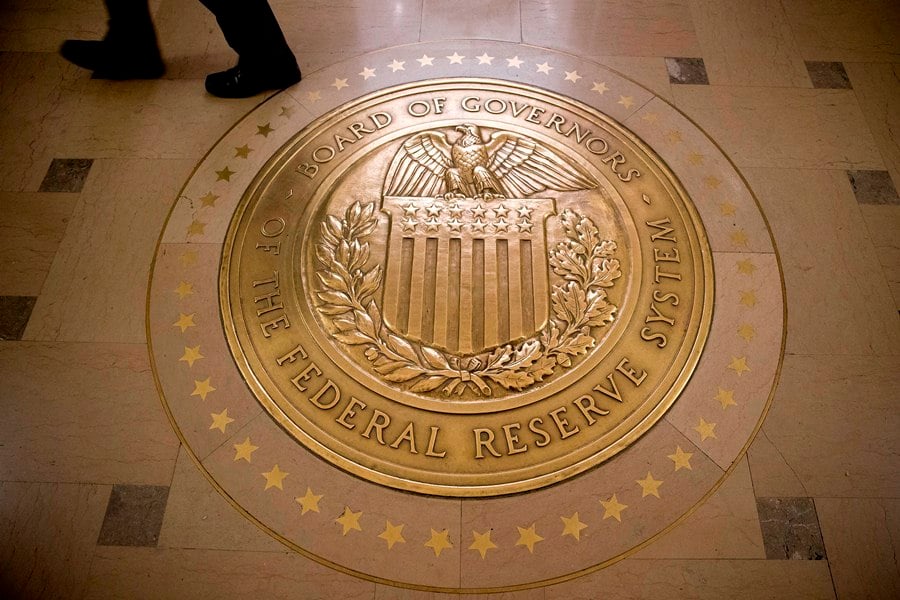If the Fed takes rates into negative territory, it might actually be able to raise rates faster and higher
The power of negative interest rates was on global display today, as the European Central Bank sought to surprise markets with its plan to stimulate growth by taking rates ever further below zero. In my view, the U.S. Federal Reserve could do better by harnessing that power in a different way: If it can convince people that it is willing and able to take rates into negative territory, it might actually be able to raise rates faster and higher.
The fundamental problem facing the global economy is uncertainty. Businesses, households, and financial markets have survived an extended period of high unemployment and unusually low inflation. They naturally worry about the risk of a recurrence. That fear leads them to favor saving over spending, a cautiousness that prevents growth from accelerating. To achieve its goals, the Fed has to offset this fear by maintaining stimulus — that is, by keeping short-term interest rates low.
Looked at another way, the fear represents doubts about the Fed's credibility. Congress has told the Fed to keep inflation close to target and unemployment low. If the public thinks that there could be a long period in which those goals aren't met, then the public is worried that the Fed can't do its Congressionally mandated job.
Hence, the Fed needs to assure the public now that it has the tools and the will to meet its targets, even in the face of adverse macroeconomic shocks. It could do so by expressing its readiness to purchase more long-term assets, but I've always had more confidence in the traditional tool of interest-rate cuts. In the current context, that means being willing and able to go into negative territory.
Why now? Well, the Fed could wait until a bad shock happens — which, as I see it, is pretty much what the ECB and the Bank of Japan have done. But this approach leaves the public uncertain today about what the ultimate impact of any future shocks to prices and employment might be. And that uncertainty creates a big drag on the economy.
Here's an analogy that I find helpful. When I get on an airplane, the flight attendants tell me about all of the equipment — such as oxygen masks and life vests — available to offset adverse shocks during flight. That communication makes me feel safer about flying. If instead the announcement was something along the lines of “well, we have some equipment on board that we might be willing to use in case of emergency — we're still checking on whether it's legal or not,” I'd be a lot less comfortable.
The Fed's communication should be similarly focused on the safety of the economy. The emergency equipment takes the form of negative interest rates and (maybe) additional asset purchases. If the central bank provides enough assurance, then businesses and households will be more willing to “fly” — that is, to spend as opposed to save. With more demand for goods and services, the Fed could then achieve its inflation and employment goals without ever actually resorting to negative interest rates. Rather, it would be able to maintain rates at a higher level, both today and in the longer run.
So the Fed shouldn't aim to surprise with negative rates. Instead, it should seek to convince the public of its ability to handle developments without any added surprises.
Narayana Kocherlakota served as president of the Federal Reserve Bank of Minneapolis from 2009 through 2015







